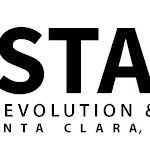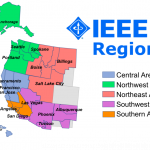IEEE Region 6 Recently Approved Milestones
Two new IEEE Historic Milestones were approved recently by the IEEE History Committee: DIALOG Search Engine and the Apollo 11 Lunar Laser Ranging Experiment. Sincere congratulations to proposer and IEEE Region 6 Milestone Coordinator Brian Berg. More milestones? If you have an idea for a Milestone (and particularly one related to Apollo 11 as its 50th anniversary will be next summer), contact him at b.berg@ieee.org
DIALOG Online Search System, 1966
While working at Lockheed in Palo Alto, Dr. Roger Summit established a laboratory in 1964 to study the creation of a computerized search system. Using data from NASA Ames Research Center, an online system using a dial-up line was operational in 1966. DIALOG is actually still in use today under the name ProQuest Dialog. One of its licensees is the US Patent and Trademark Office, and patent examiners use DIALOG to find prior art while considering the merits of patent applications. The citation to honor this accomplishment will be cast on a bronze plaque to read as follows:
DIALOG was the first interactive, online search system addressing large databases while allowing iterative refinement of results. DIALOG was developed at Lockheed Palo Alto Research Laboratory in 1966, extended through contracts with NASA, and offered commercially in 1972. Its speed, ease of use, and wide range of data content attracted professional users worldwide including scientists, attorneys, educators and librarians. DIALOG preceded major Internet search tools by more than two decades.
Apollo 11 Lunar Laser Ranging Experiment (LURE), 1969
One of the experiments that was part of the first mission to the lunar surface had the Apollo 11 astronauts leave behind a retro-reflector, a device that uses precisely placed mirrors to reflect a light beam back along a vector parallel to but opposite in direction from its source. This allowed a powerful earth-based laser to be used to determine the distance from the earth to the moon. Lasers located in four locations were used to attempt to be the first to accomplish this – including an unexpected one from the Soviet Union! The fist success was achieved at Lick Observatory, which is part of the Univ. of Calif. and which is located near San Jose, CA. If you look closely at the lunar surface while the astronauts are leaving the lunar surface as shown near the end of the recent movie First Man, you will see the outline of the retro-reflector that the Apollo 11 astronauts left in the Sea of Tranquility, and which is still operational today.The bronze plaque that will honor this accomplishment will read as follows:
On 1 August 1969, Lick Observatory made the first Earth-to-Moon distance measurement with centimeter accuracy. The researchers fired a gigawatt ruby laser at a retro-reflector array placed on the Moon by Apollo 11 astronauts, and measured the time delay in detecting the reflected pulse. This was the first experiment using a hand-placed extraterrestrial instrument.










